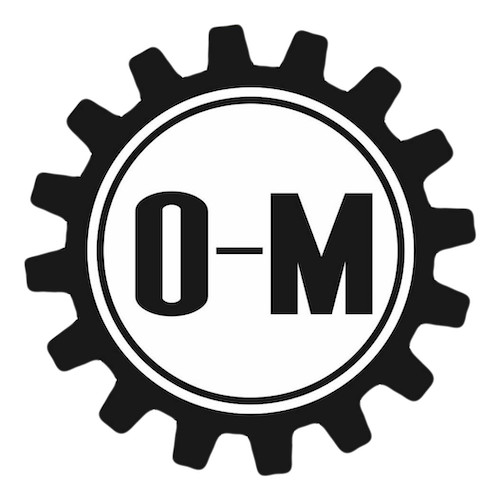Neuromuscular therapy is a remarkably versatile bodywork treatment. Along with relieving muscle and joint pain and restoring proper body mechanics, we also use NMT to work on scar tissue. When scars don’t heal properly, it can lead to restriction in the tissues, muscles, and joints around the injured area. Many people live for years with the painful effects, unaware there are treatments available. Read on to find out more about NMT for scar tissue.
What Is Scar Tissue?
After an injury or surgery, your body works to heal the area by producing collagen. This critical component is a protein that provides strength to skin tissue. While collagen is a normal part of healthy skin tissue, during scar formation the process occurs haphazardly. As a result, the skin can develop layers of scar tissue. However, this isn’t the end of the healing process.
Over time, the scar begins remodeling. A necessary part of long term healing, remodeling ensures the new tissue has the same mobility and strength as the original skin. This process can take about 6-8 weeks, and in many cases, it may not happen completely or correctly. Ultimately, poor remodeling leads to a limited range of motion, joint restriction, and more. Long term side effects include:
- Pain
- Nerve impingement
- Numbness
- Joint mobility restriction
- Muscle atrophy
- Increased risk for re-injury
How NMT Improves Scar Remodeling
Fortunately, there is treatment available for improving the results of poor scar remodeling. NMT is effective for both the immature ( <3 months) and mature (3-18 months) scars. We use a combination of techniques to release the adhesions in the injured area to restore function. In the early stages of healing, you might still be experiencing swelling. With Lymphatic Manual Drainage (LMD), we employ gentle motions to increase lymphatic circulation around the injured area. Lymph fluid tends to get “backed up” by the presence of scars and mobilizing it can restore softness and pliability. It can also greatly reduce pain and inflammation.
Then, we begin releasing stuck tissue with manual stretching techniques around the scar. As you progress in treatment, we work deeper into the tissue to release stubborn adhesions. Over time, you’ll see the scar and surrounding tissue become more mobile.
Could You Benefit From NMT?
For the best results, we recommend seeing a Neuromuscular Therapist as early as possible after your scar is healing to get into a treatment protocol. We work with you as your scar heals, adjusting treatments to your tolerance and healing stage. To learn more about how neuromuscular therapy can relieve the pain and tension of scar tissue, contact us today. When you book your initial patient visit with us, we’ll discuss your concerns and recommend a treatment plan to help you get results.


